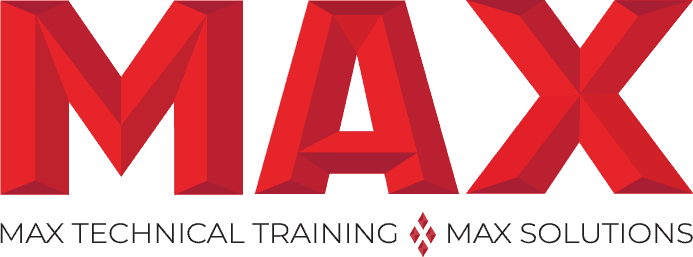
Maxtrain.com - info@maxtrain.com - 513-322-8888 - 866-595-6863
Agile for Developers
Alert MeDescription
Agile for Developers Introduction
Join us for the “Agile for Developers” course, a meticulously designed 2-day training program tailored for developers, project managers, and team members engaged in Agile product or service development. This course is perfect for both individuals new to Agile methodologies and professionals aiming to refine their Agile skills.
Throughout this course, you will engage in an in-depth exploration of Agile methodologies compared to traditional Software Development Life Cycle (SDLC) methods. This approach provides critical insights for performance benchmarking within Agile frameworks, specifically tailored for developers.
The training emphasizes practical learning through exercises that simulate real-world Agile projects. These activities offer a hands-on opportunity to experience the transition from traditional development roles to an Agile environment, making it particularly beneficial for those in software development.
By the conclusion of this intensive program, you will be equipped with the necessary knowledge and skills to excel in Agile development environments. You will leave with a deeper understanding of how Agile methodologies can transform your approach to product and service development.
Agile for Developers Course Objectives
- Understand Agile Principles: Deepen your grasp of Agile values and principles and how they differ from traditional Waterfall methods.
- Master the Scrum Framework: Explore the Scrum framework’s role in Agile development.
- Develop Team-Building Skills: Learn to assemble and lead Agile teams effectively.
- Embrace Value-Driven Development: Understand the concept of value-driven development essential for Agile projects.
- Enhance Agile Project Management: Gain skills in Agile project coordination, release planning, and prioritization.
- Learn Estimation and Scheduling: Acquire techniques for Agile estimating and time-boxing to manage iterations efficiently.
- Utilize Practical Tools: Apply Agile tools to manage Scrum effectively, including running Sprint meetings and managing backlogs.
- Boost Team Performance: Improve team performance and address common challenges in Agile environments.
- Navigate Transitions: Understand the transition nuances from Waterfall to Agile, specifically for developers.
Prerequisites
- Participants should have a basic understanding of development, project management, or IT functions.
Target Audience
- This Agile course is designed for developers, project managers, and team members who are eager to enhance their skills in Agile methodologies.
Agile for Developers Course Outline
Introduction – Fundamentals of Agility
- Agile vs. Waterfall Comparison
- The Scrum Framework
- Introducing Agile to the Organization
AValue-Driven Delivery
- Agile Scrum Characteristics
- Assembling the Agile Team
Stakeholder Engagement
- Understanding Stakeholder Expectations
- Agile Coordination Strategies
Initiate an Agile Project – Planning Releases
- Agile Product Development Life Cycle Planning
- Prioritizing Releases and Product Backlog Items
Coarse-Grain Estimating and Time-Boxing
- Estimating High-Level Items
- Establishing the Project Time-Box
Plan the Iteration (Parts I & II)
- Sprint Planning with the Product Owner
- Sprint Planning with the Committed Team
Tools and Techniques for Managing Scrums
- Managing the Sprint Backlog
- Daily Scrum Meeting
Running the Sprint
- Success Criteria for Self-Managed Teams
- Managing Requested Changes During the Sprint
Sprint Review
- Preparing for Sprint Review
- Conducting a Sprint Review
Sprint Retrospective
- Conducting a Sprint Retrospective
- Continuous Improvement Strategies
Boost Team Performance
- Leading Causes of Failed Agile Projects
- Removing Impediments to Progress
Transitioning from Waterfall
- Organizational Alignment for Agile Adoption
- Agile Adoption Survey Results
Agile for Developers Wrap-Up and Additional Information
- Review and Next Steps in Agile Development
|
$1195.00
|
2 Days Course |




